Strainer valve introduction and its features
STRAINER VALVE, also known as filter: a device for filtering pretreatment. The filter valve is the filter equipment necessary for the use of hydraulic control valves and precise and easy-to-clog mechanical products.
Strainer valve Introduction:
STRAINER VALVE, also known as filter: a device for filtering pretreatment. The filter valve is the filter equipment necessary for the use of hydraulic control valves and precise and easy-to-clog
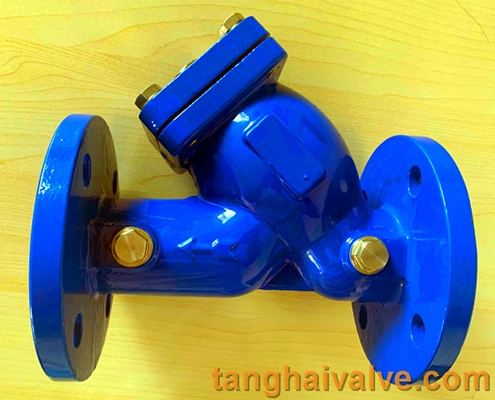
15 Y-type-strainer-filter-valve-7
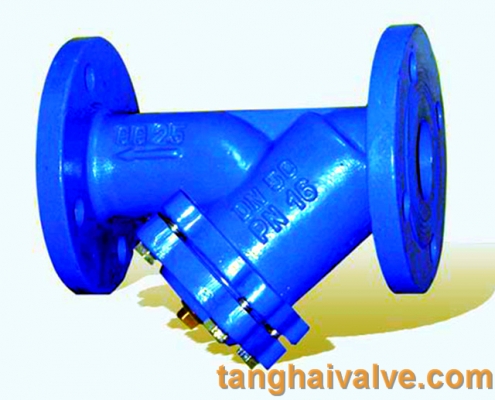
Y type strainer filter valve (11)
mechanical products. It is an indispensable device in the pipeline series that transports the medium. It is usually installed at the inlet of hydraulic control valves, pressure relief valves, pressure relief valves, fixed water level valves and other equipment to eliminate impurities in the medium and prevent particulate impurities from entering The channel causes wall plugs to protect the fittings on the equipment pipeline from wear and blockage. When cleaning is needed, just take out the detachable filter cartridge and reinstall it after treatment. Therefore, the use and maintenance are extremely convenient.
Features of filter valve:
The filter valve mesh adopts a stainless steel double-layer mesh structure, which is sturdy and durable. It has the characteristics of advanced structure, low flow resistance, and convenient sewage discharge. It can be used for water, steam, oil, nitric acid, urea, oxidizing media and other media. The mesh number of the filter screen should be set according to the user’s needs. Generally, the water network is 18-30 mesh, the ventilation network is 40-100 mesh, and the oil network is 100-480 mesh. The Y-type filter can also be combined with the telescopic joint to form a Y-type pull rod telescopic filter with adjustable installation length. The filter screen can be made according to user requirements.
Filter valve performance parameters:
Connection method: flange, butt welding, thread
Nominal pressure/MPa: 1.0-2.5
Pressure test pressure/MPa: 1.1-2.75
Working pressure/MPa 1.0 -2.5
Shell material: gray cast iron. ductile iron. carbon steel. stainless steel
Filter material: stainless steel
Total mesh area: 3~4DN
TH Valve is a professional manufacturer of butterfly valve, gate valve, check valve, globe valve, knife gate valve, ball valve with API, JIS, DIN standard, used in Oil, Gas, Marine industry, Water supply and drainage, fire fighting, shipbuilding, water treatment and other systems, with Nominal Diameter of DN50 to DN1200, NBR/EPDM/VITON, Certificates & Approvals: DNV-GL, Lloyds, DNV, BV, API, ABS, CCS. Standards: EN 593, API609, API6D
Related news/knowledge:
The matching function and principle of pneumatic valve accessories;
working principle of electric globe valve;
What is the positive transmission of gears;
Wafer type double disc swing check valve introduction

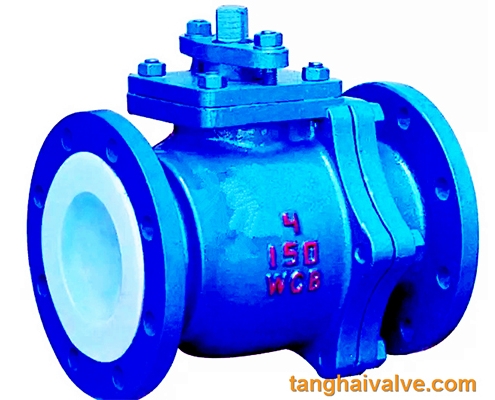
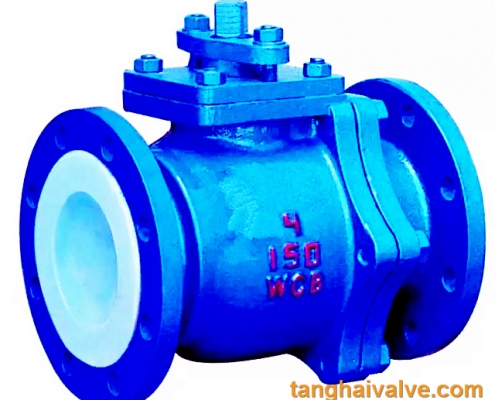
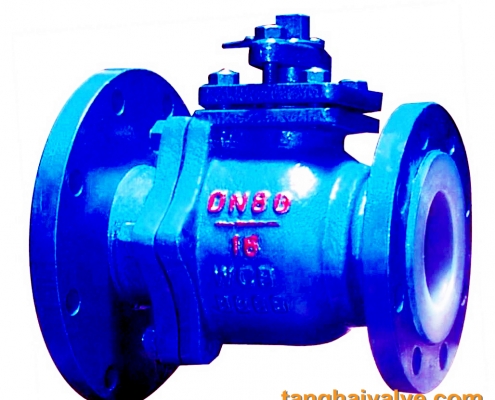
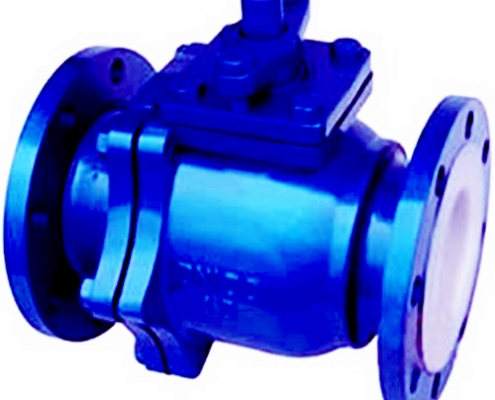
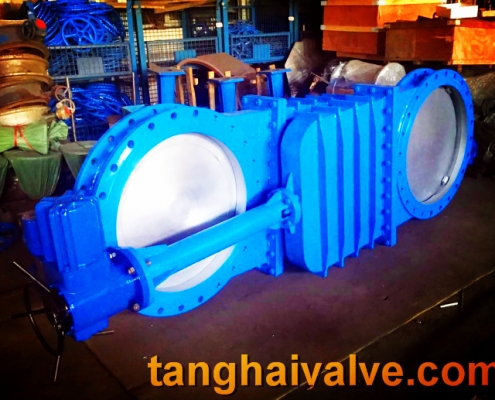
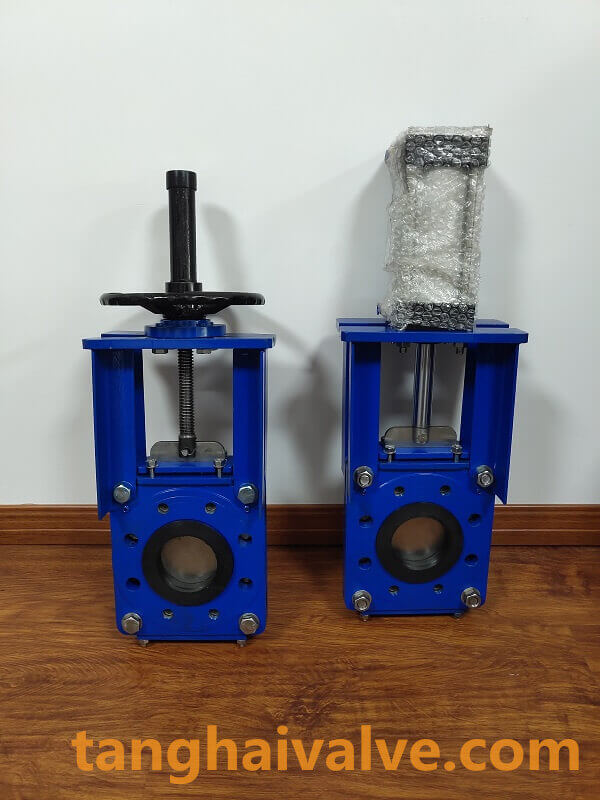
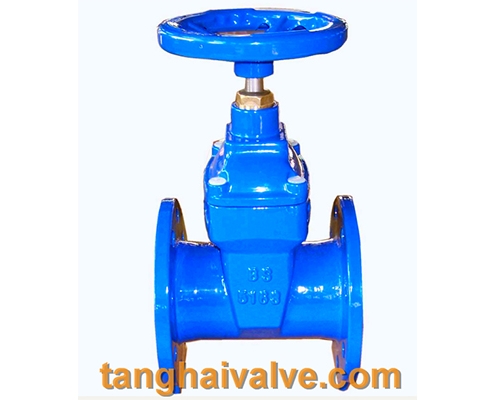
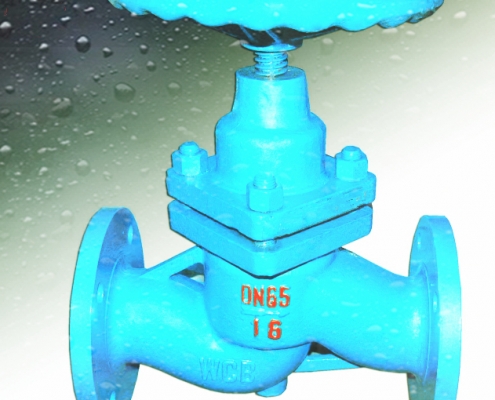
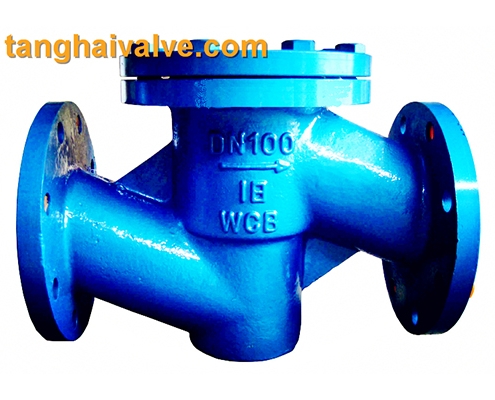


 © Copyright 2020 Tianjin Tanghaidongyang Valve Co., Ltd. All Rights Reserved.
© Copyright 2020 Tianjin Tanghaidongyang Valve Co., Ltd. All Rights Reserved.